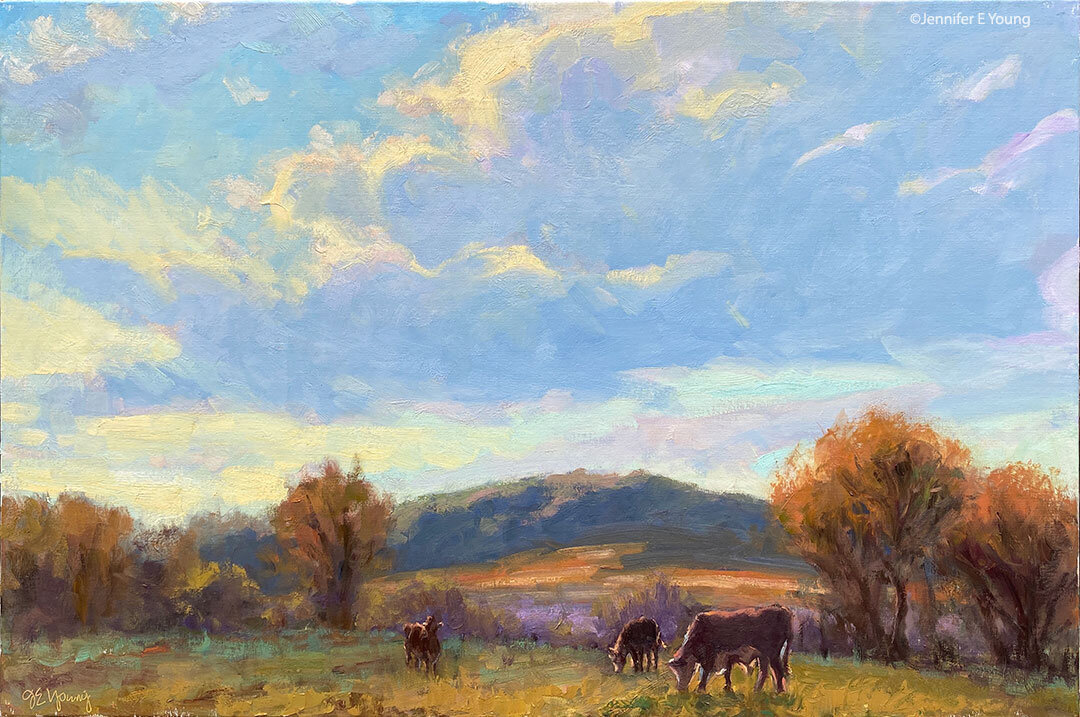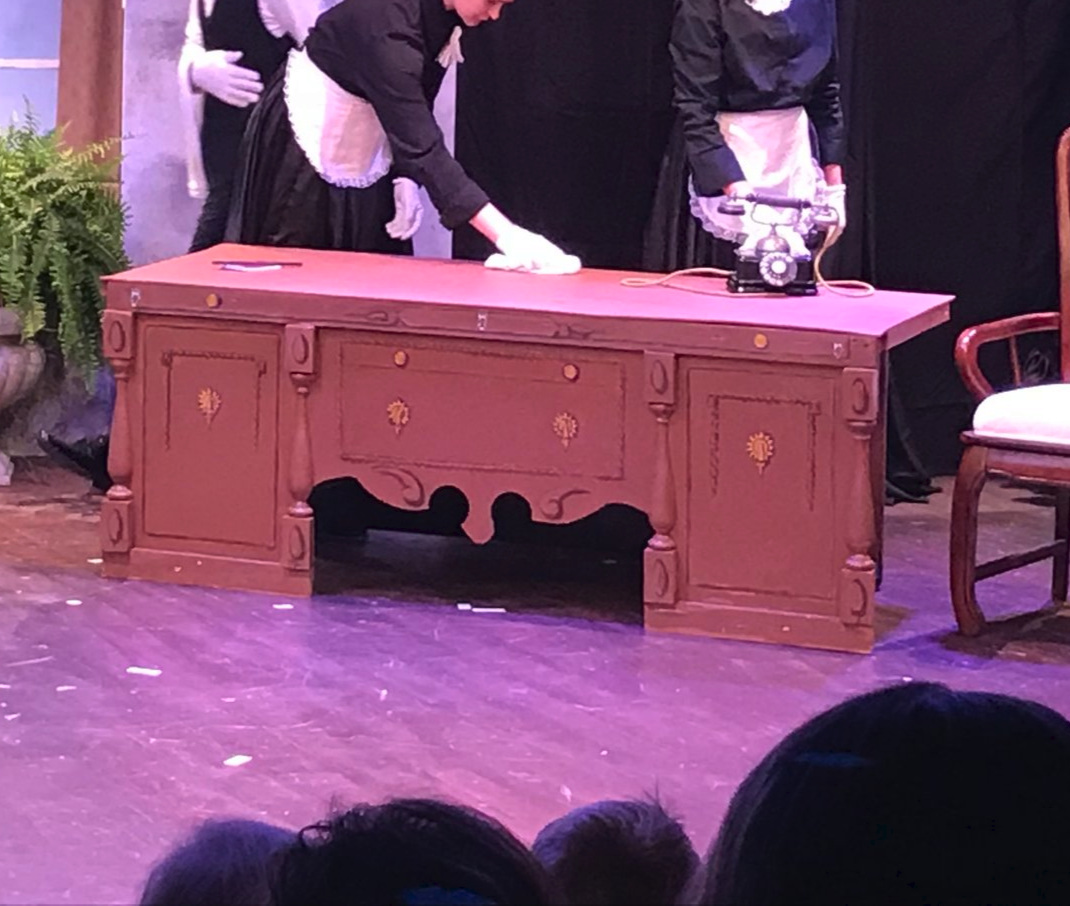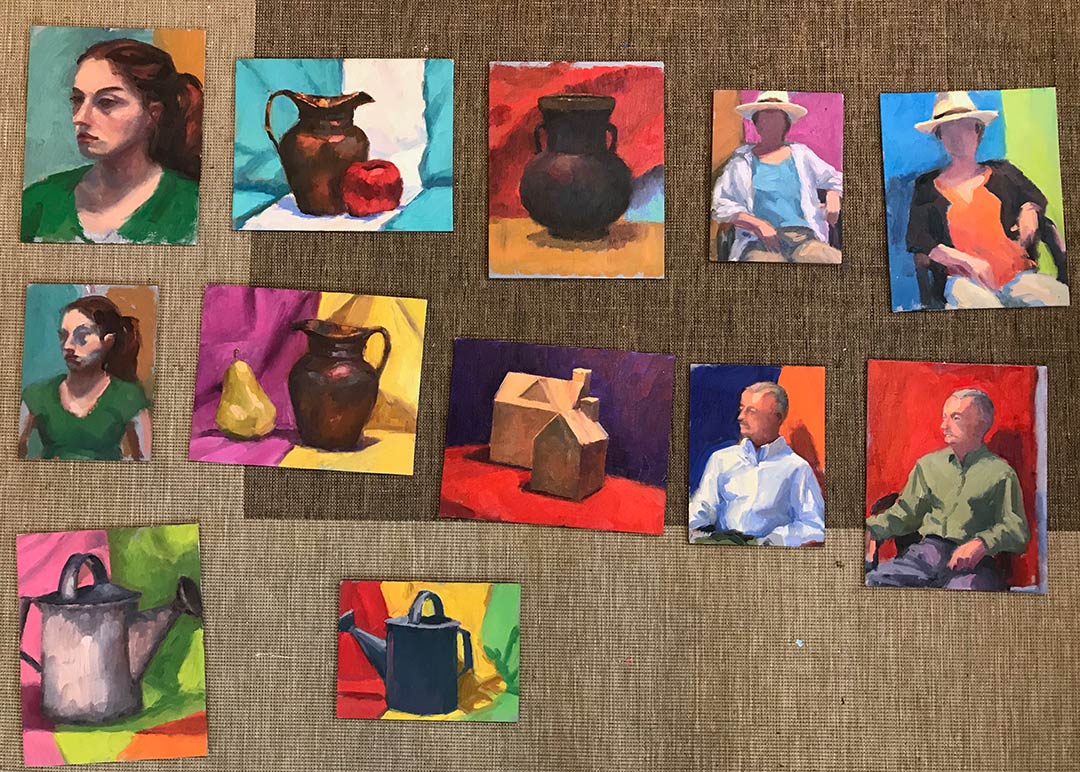I've mentioned in previous posts that I sometimes work with toned canvas. I especially like a toned canvas when painting en plein air, as the bright light of the sun can make a bright white canvas hard on the eyes.
I've worked with both a neutral gray toned panel and a tan toned panel. Since I am more attracted to warm colors, the golden tan tone appeals to me a little more. From what I've read the Impressionist Claude Monet also liked working with what he called a "blonde" canvas. It gives a nice under layer to both skies and ground alike.
I like to tone my canvas in advance so that the toning doesn't muddy up my paint layers when I start painting. To do this I will use a raw sienna oil paint and apply it very thinly to the canvas by "scrubbing" it in with an old brush. With this method, a little goes a long way, because I want to keep the raw sienna transparent. I don't apply it in an opaque layer as that would make the canvas too dark and the canvas would likely not dry to the touch overnight.Â
Alternately if I am too impatient to do the scrub in method, I will do a wash of raw sienna thinned with solvent. You can really play around with the wash and add a dab of white to the mix if you find the raw sienna to be too dark. It is really personal preference. The point is to keep it thin so that it can dry overnight and be ready for painting the next day.
I've also painted on canvas toned on the spot when I haven't had the foresight to tone them the night before. But again, it can muddy your colors unless you apply the paint strokes a little more thickly and leave them be once you've laid them down.
Plein air tip: If you've done any plein air painting you will probably have noticed that you have to clean your palette more often so that you have space to mix your paint. As a result, you can have scrapings that turn to mud due to all of your color mixtures combined with white. Before you wipe off that ugly mud, think twice! Save your mud in a mud pile on the side of your palette and you can use it to tone your canvases later.Â
Tags: art painting landscape painting artist plein airÂ
















